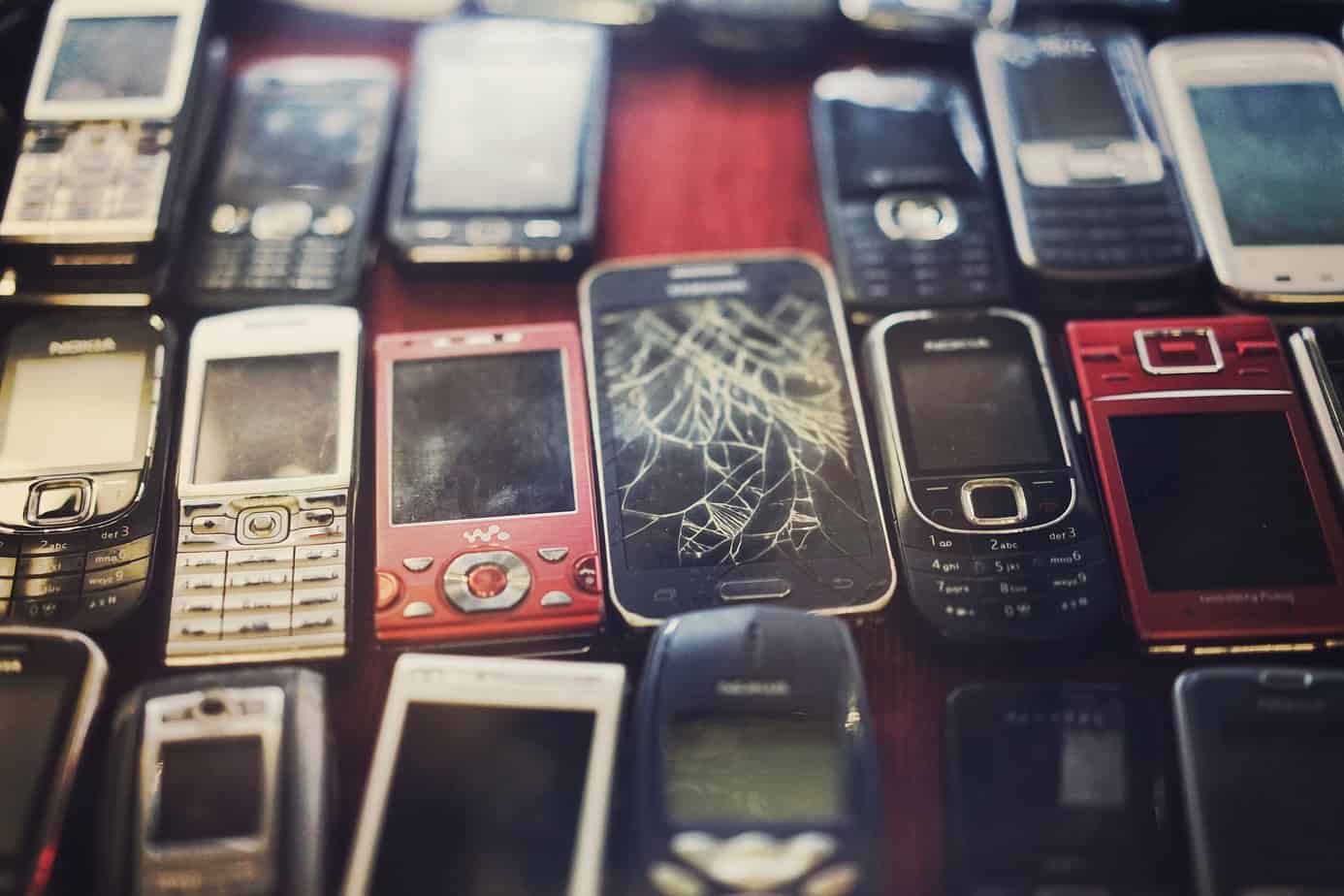Electronic waste is becoming a huge problem for the environment globally. According to the United Nations, 50 million tonnes of e-waste is being generated every year. This figure is expected to double by 2050, making it the fasted growing waste stream in the world. Some of the biggest contributors of e-waste include household appliances such as; Irons, vacuum cleaners, washing machines, and fridges. However, the rapidly growing “internet of things” (Internet connected gadget) are set to contribute electronic at a faster rate in the coming years as connectivity becomes part and parcel of everyday life.
The problem of promoting wasteful consumerism
In the 80s and early 90s, electronic devices were often expected to last for decades. As the years passed by, however, many firms started to churn out electronic devices like never before; and in efforts to drive sales, some of them started giving their products a “short lifespan” . For Example, Apple admitted to deliberately slowing down some of their phones as they age. Many suspected that this was to encourage people to ditch their devices and purchase new ones. However, the firm later defended the move saying it was to prolong the life of their devices. Apple is not the only firm to have come under fire for encouraging wasteful consumerism. In 2019 Sonos products, a speaker manufacturer was also accused of not issuing software updates for some of its older models.
Consumers and Regulators are taking matters into their own hands
In efforts to reduce e-waste, many consumers are opting to repair their own gadgets instead of dumping them. Community movements such as the Restart project in London; which helps consumers learn how to repair their electronic items are leading the way. Furthermore, Investors are also increasingly paying attention the company policies on e-waste. This is to incentivise firms to device means of reducing their e-waste footprint in the market.
Perhaps the biggest move to control e-waste was from the EU regulators; In October 2019, the EU adopted new Right to Repair standards, which, effective from 2021 will force firms to make their products last longer, and also supply spare parts for electronic products for up to 10 years.
Bottom line
The world still has a long way to go when it comes to electronic waste management in general. We simply produce more than we manage. It will take an incredible amount of cooperation, time and willingness from regulators, firms and consumer for an equitable solution to be found.





